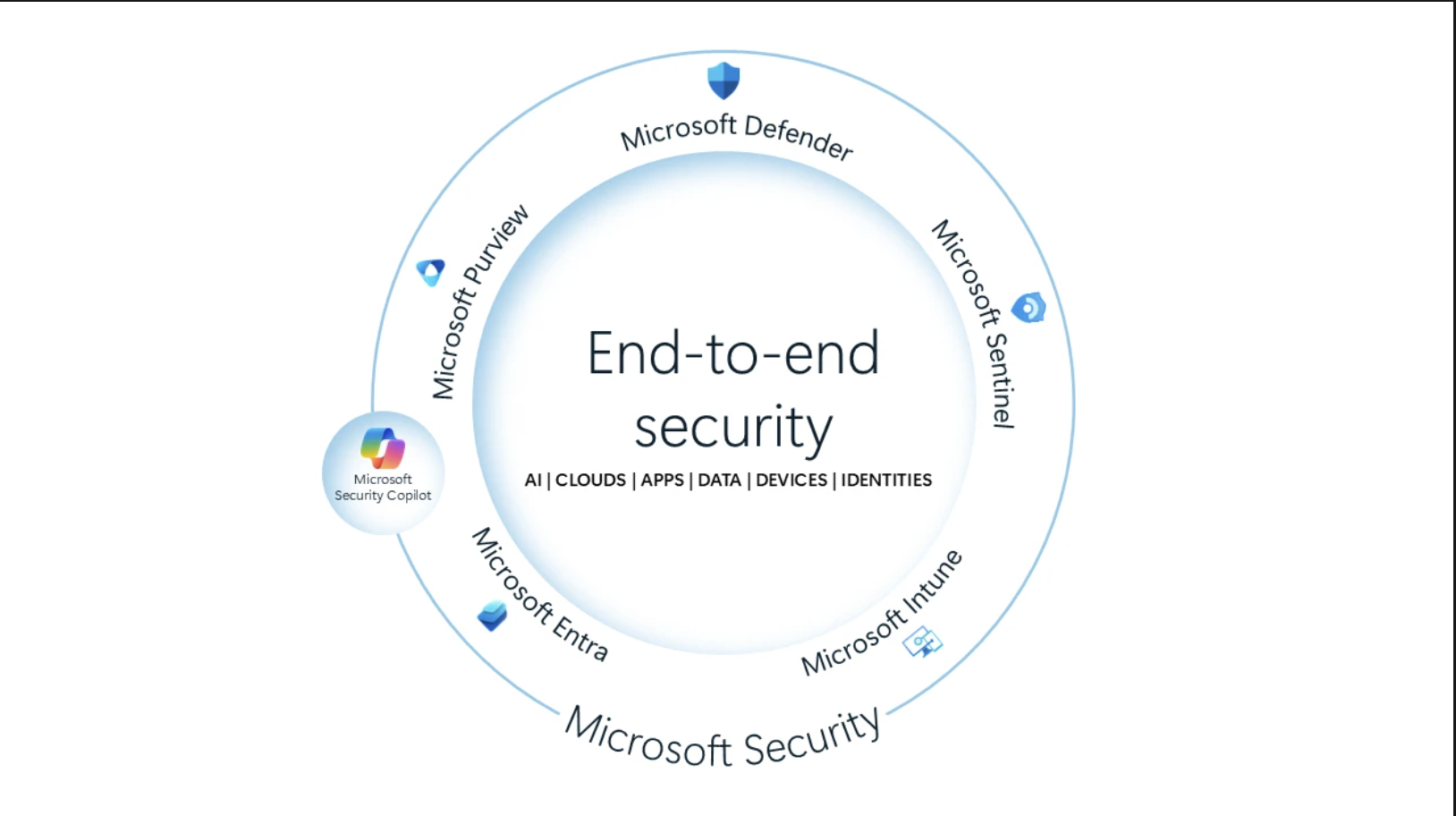DevOps: What It Is and Why Your Project Needs It
3 min. read
Updated on
Read our disclosure page to find out how can you help MSPoweruser sustain the editorial team Read more

DevOps as a service provides the gold standard in IT technologies, the demand for which will only increase going forward. According to Global Market Insights Inc., the DevOps market size will reach $17 billion by 2026. In this article, we elaborate on what DevOps is and how it can help take your digital product to the next level.
What is DevOps?
DevOps is a set of strategies, practices, and tools to make the development of applications and services faster. DevOps lets you develop and optimize products quicker than conventional software development techniques.
Companies utilize DevOps practices throughout the software development life cycle to create a production-like environment for running and testing microservices.
This approach has emerged as companies have switched to cloud technologies and quit using local servers, i.e., when the infrastructure and computing for optimization go into the cloud, using AWS, Azure, Heroku, DigitalOcean, and others.
How it works
DevOps enables you to bring development and operations teams together: they work closely during the entire life cycle, including development, testing, deployment, and release. DevOps teams may also include QA and security engineers. This development approach is called DevSecOps.
By using specific techniques, these groups automate processes that used to be completed manually. By doing so, they reduce development time and avoid having to involve other teams, e.g., for deploying code or initializing infrastructure.
DevOps methodologies
DevOps benefits include using dedicated tools and techniques to innovate, automate, and improve infrastructure management faster. Releasing code updates with minor changes frequently and regularly is one such technique. By avoiding implementing major changes, you make your product more fault-tolerant. All failed deployments are also easier to track down and fix.
Another method is to use microservices. By dividing large and complex systems into smaller projects, your application becomes more flexible, and innovations are faster.
Microservices combined with frequent code updates can cause the operations team problems due to more deployments, but DevOps management addresses this by offering continuous integration and continuous deployment (CI/CD) to ensure efficient and secure delivery.
Automating infrastructure through Infrastructure as Code (IaC) and managing configuration helps you keep compute resources flexible and track changes.
An equally important tool is monitoring and logging. This enables engineers to monitor the health of their applications and react promptly to any problems.
DevOps practices include many tools and techniques, but the key ones are as follows:
- Infrastructure as Code (IaC)
- Continuous Integration
- Automated Testing
- Continuous Deployment
- Release Management
- Application Performance Management
- Load Testing
- Autoscaling and other methods
DevOps is a comprehensive approach to managing IT processes. This development approach includes corporate culture, integrating specific methods and practices to improve communication between project teams. DevOps helps companies react to changing market needs and competitors by delivering new features faster and leveraging infrastructure and staff efficiently by optimizing resources.
If you’re considering implementing a DevOps solution to your project, it’s best to seek help from an expert company. SHALB is a DevOps company that has been helping businesses with core DevOps tasks for over 12 years, including building CI/CD pipelines, cloud migration, managing multi-cloud clusters, and more. Our experts are ready to take on your project and help deliver successful results.









User forum
0 messages